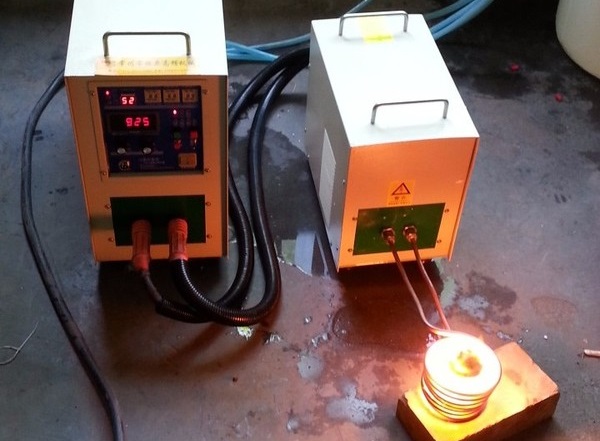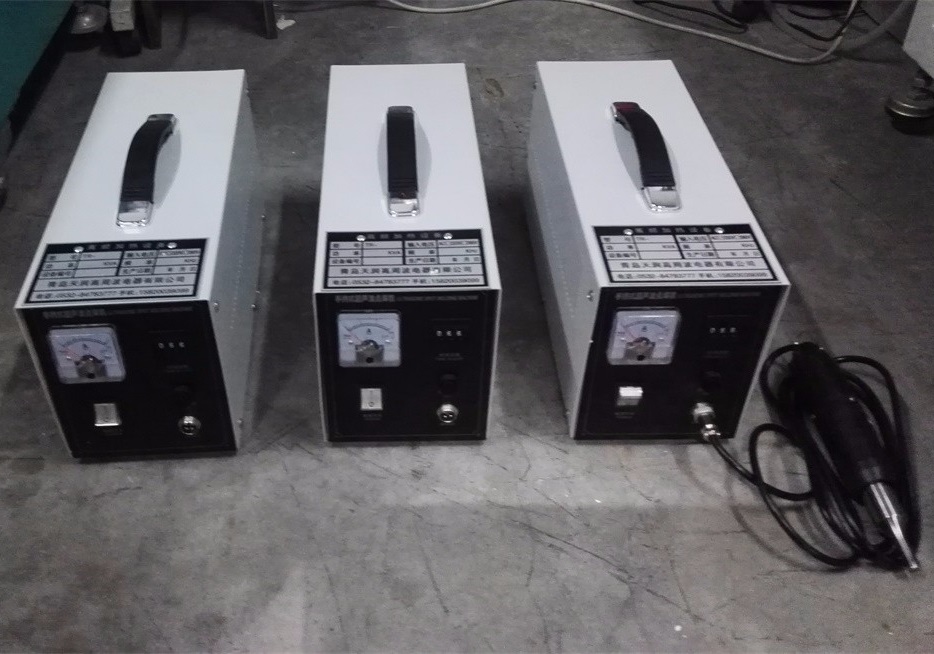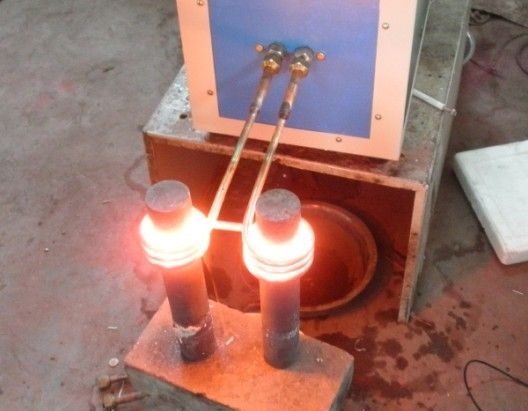The so-called high frequency refers to the frequency of the alternating current of 50 Hz, and generally refers to the high frequency current of 50KHz to 400KHz. When high-frequency current passes through a metal conductor, two peculiar effects are produced: skin effect and proximity effect. High-frequency welding uses these two effects to weld steel pipes.
contents
- 1. What does high frequency welding mean
- 2. The principle of high frequency welding
- 3. Influencing factors of high frequency welding
1. What does high frequency welding mean
High-frequency welding is a new type of welding process that uses the skin effect and neighboring effect generated by high-frequency current to connect steel plates and other metal materials. The emergence and maturity of high-frequency welding technology is a key process in the production of ERW. The quality of high-frequency welding directly affects the overall strength, quality level and production speed of welded pipe products.

2. The principle of high frequency welding
Knowing the principle of high-frequency welding, you must have the necessary technical means to realize it. High-frequency welding equipment is an electrical-mechanical system used to realize high-frequency welding. The high-frequency welding equipment is composed of a high-frequency welding machine and a welded pipe forming machine. Among them, the high-frequency welding machine is generally composed of a high-frequency generator and a power feeding device. Its function is to generate high-frequency current and control it; the forming machine is composed of a squeeze roller frame, and its function is to be The molten part is squeezed to remove the oxide layer and impurities on the surface of the steel plate, so that the steel plate is completely melted into one body.

3. Influencing factors of high frequency welding
In addition to material factors, the main influencing factors are: power frequency, tube groove shape, meeting angle, placement of electrodes, induction coils and resistors, input power, welding speed, welding pressure, etc.
1. Power frequency
The increase in frequency is conducive to the development of skin effect and proximity effect, and improves welding efficiency. However, to obtain high-quality welds, the choice of frequency mainly depends on the damaged material and wall thickness of the pipe.
Generally, the frequency of welding non-ferrous pipes is higher than that of welding carbon steel pipes, which is mainly due to the high thermal conductivity of non-ferrous pipes. At the same time, in order to ensure that the heating width on both sides of the counterpart is moderate, and to ensure uniform heating in the thickness direction, usually the higher frequency is selected when welding thin-walled pipes, and the lower frequency is selected when the wall thickness of the welded pipe is lower. For example, welded carbon steel pipes usually use 350~450kHz Frequency, and in the manufacture of particularly thick-walled tubes, 50kHz frequency is used.
2. Groove shape of tube blank
Generally, I-shaped grooves are used, which can make the heating evenly along the thickness direction, and the preparation of the grooves is easy. When the thickness of the pipe is very large, the 1-shaped groove will cause insufficient heating of the central part of the cross section of the groove, and overheating of the upper and lower edges. At this time, double V-shaped grooves can be used to make the cross-section heated evenly. The hardness of the rear joint also tends to be the same.
3. Choice of rendezvous angle
The size of the meeting angle has a great influence on the stability of the high-frequency welding flash process, the quality of the weld, and the welding efficiency. Usually 2~6 is more appropriate. Too small a rendezvous angle will make the flashing process unstable, and defects such as fire holes and pinholes are likely to occur in the weld; too large a rendezvous angle will weaken the proximity effect and increase power consumption.At the same time, it is more difficult to form an excessively large mouth angle and it is easy to cause wrinkles on the edge of the tube blank.

